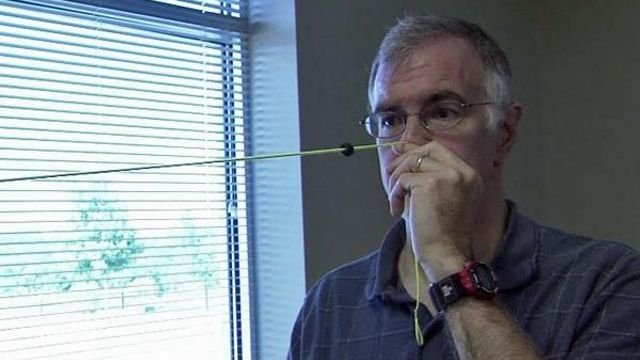Therapy reboots vision system for brain injury patients
For most of us, clear vision is as easy as opening our eyes. However, every year 1.4 million Americans sustain a traumatic brain injury that could affect their ability to see.
Posted — UpdatedThree years ago, a stroke injured the part of Bill Madison's brain that interprets vision.
“I noticed that I was seeing double. This is not very good," he said.
Madison recovered from the stroke, but vision problems lingered even though eye exams were 20/20 visual acuity.
“This can create a lot of anxiety for patients because they know that something is not right,” Duke optometrist Dr. Sue Durham said.
Durham specializes in detecting problems in the way the brain interprets information from the eyes. Her patients often complain of blurriness, problems focusing, eye strain, light sensitivity, poor balance or dizziness issues.
For Madison, Durham designed therapy to retrain his brain.
“So that the patient can achieve single, clear, two-eyed vision,” Durham explained.
Simple exercises such as focusing on lights in the peripheral range of vision helped Madison's brain to interpret eye activity correctly. Many of the exercises, he can practice at home, or on a computer with a special vision building program.
“The vision is great now,” Madison said of the therapy's result.
The 55 year old is even making a career change, training to be a opthalmologic technician. Madison said he wants to help others with acquired brain injury to reboot their vision system.
• Credits
Copyright 2024 by Capitol Broadcasting Company. All rights reserved. This material may not be published, broadcast, rewritten or redistributed.





